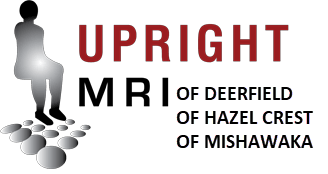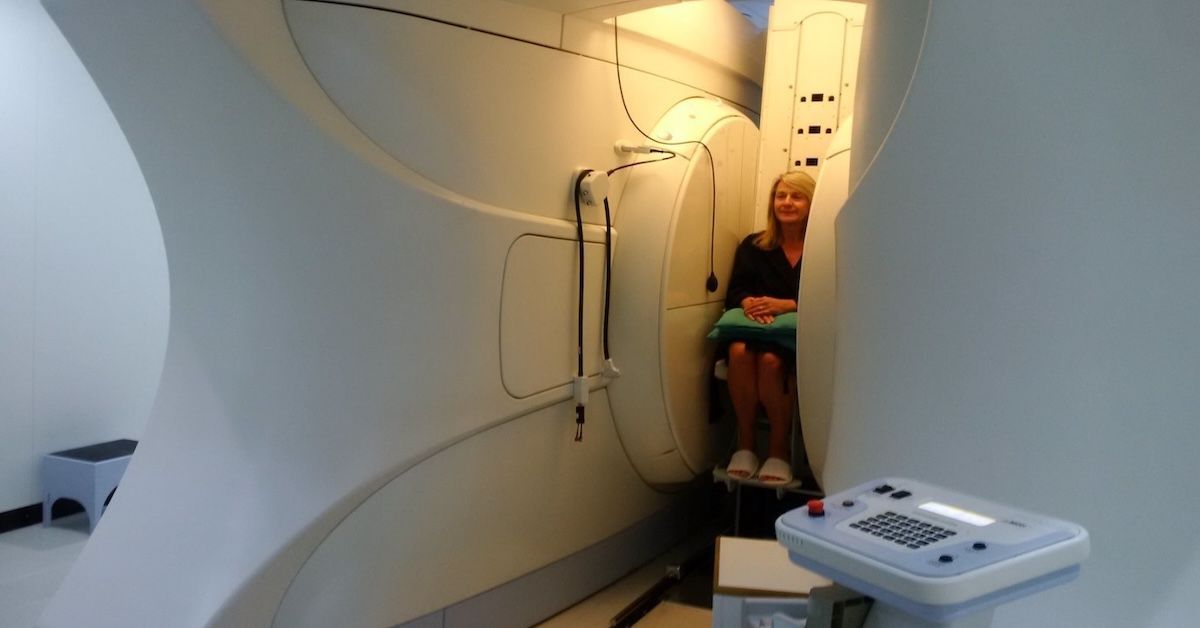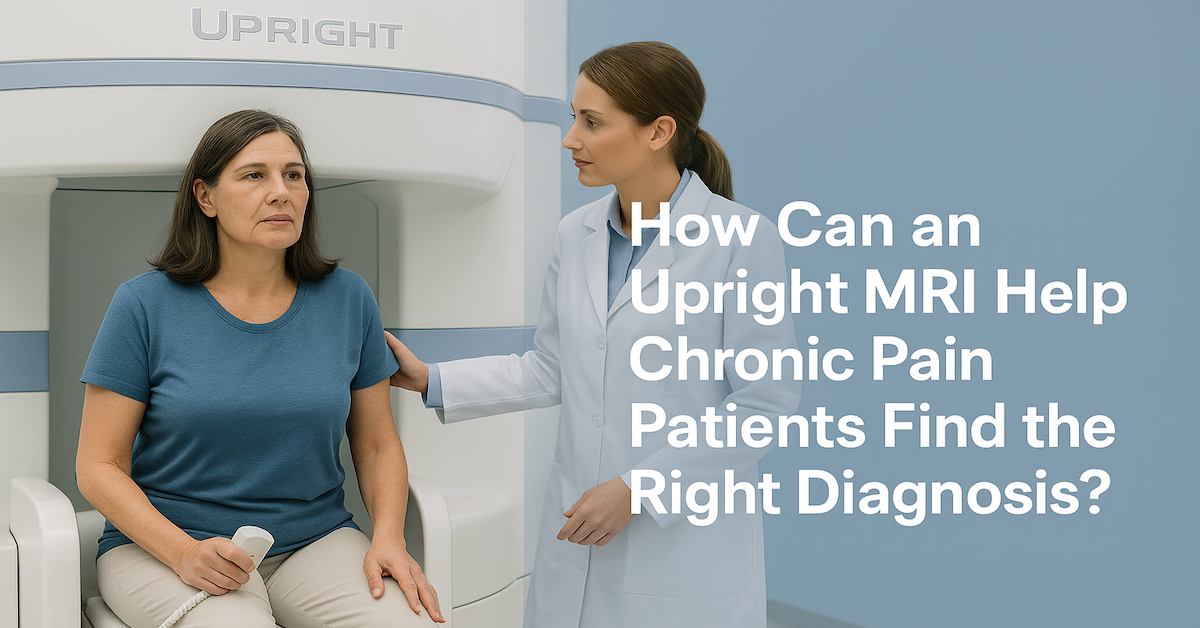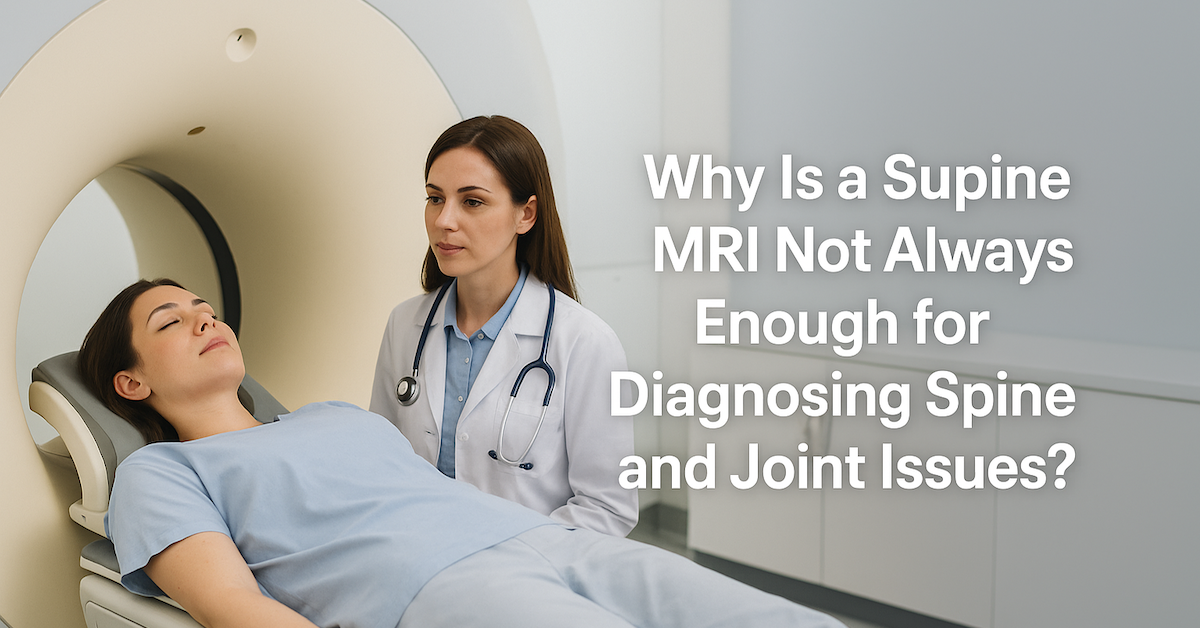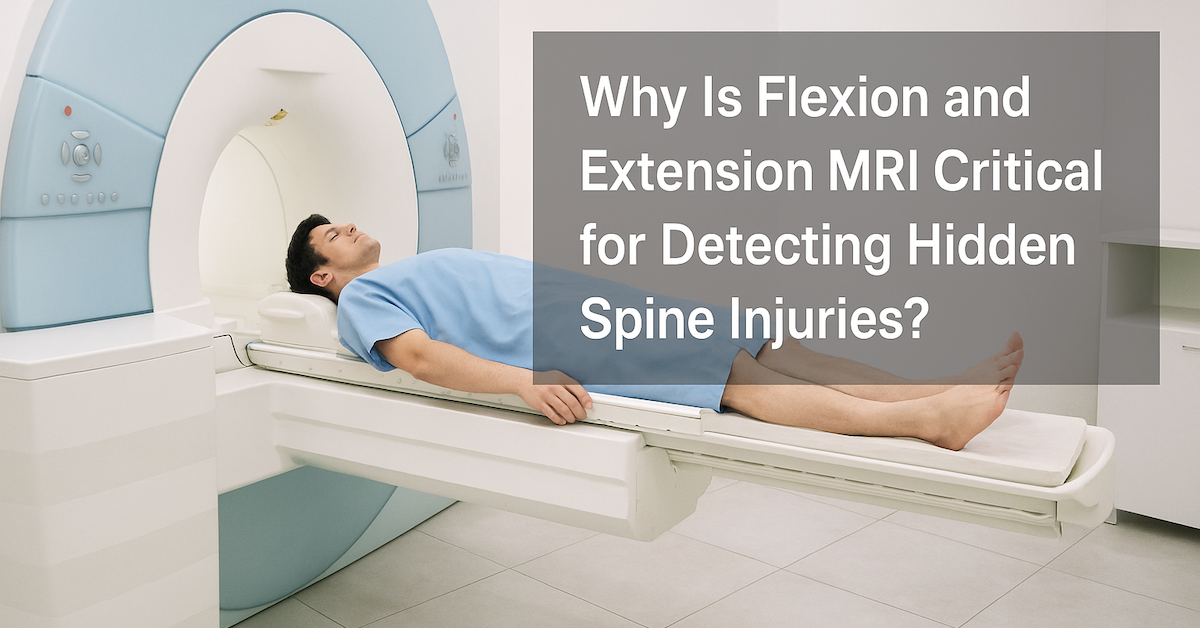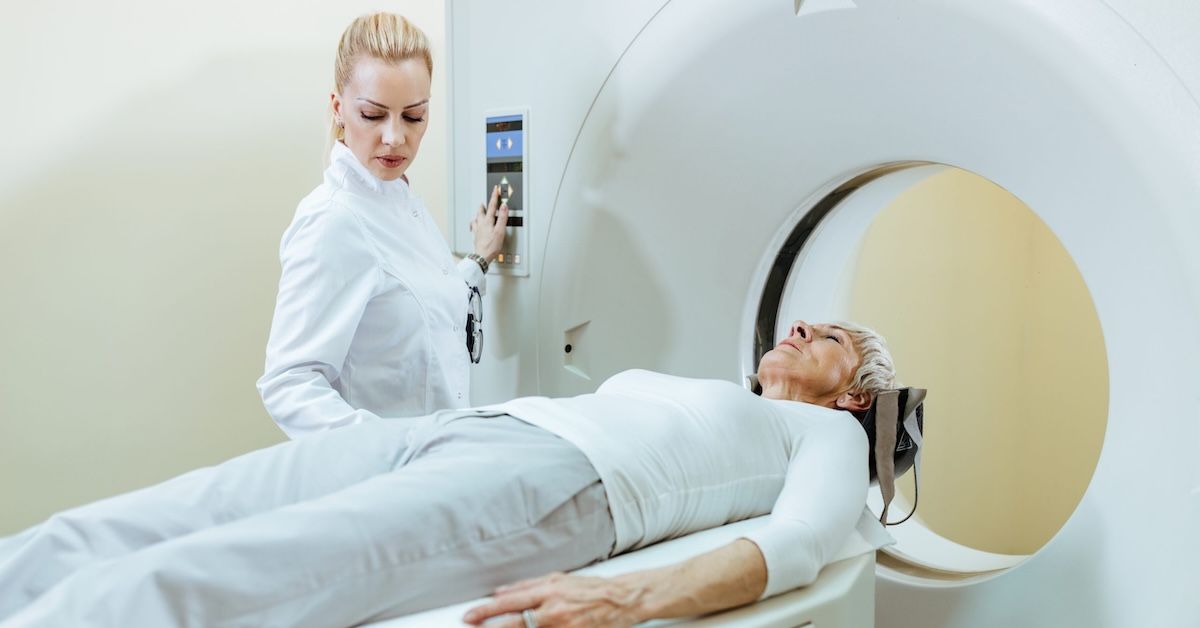What Mysteries Can MRI Insights Unravel for Arm and Hand Scans?
Arm and hand pain can be more than just a nuisance—it can interfere with daily life and activities. Whether you’re dealing with lingering discomfort, unexplained weakness, or limited mobility, identifying the root cause is essential to finding relief. MRI (Magnetic Resonance Imaging) technology has become one of the most effective tools for diagnosing a variety of arm and hand conditions. From muscle tears to nerve issues, an MRI provides detailed images that other imaging techniques, like X-rays, may miss.
In this article, we’ll explore what an MRI can reveal about arm and hand issues, the types of conditions it can diagnose, and when you should consider this powerful diagnostic tool.
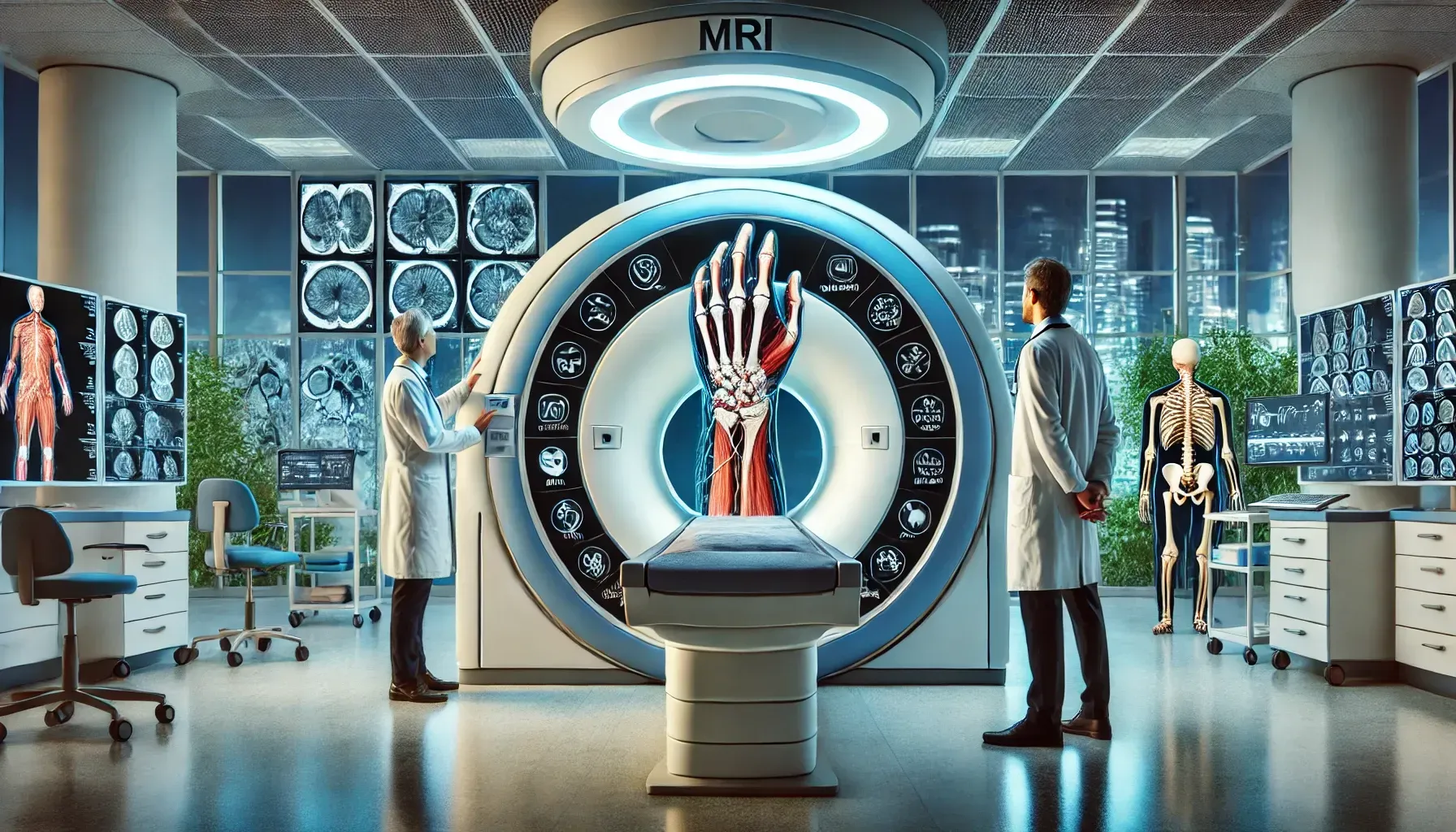
How MRI Works for Arm and Hand Scans
The Basics of MRI Technology
MRI works by using a combination of strong magnetic fields and radio waves to create highly detailed images of the body’s internal structures. Unlike X-rays or CT scans, MRI does not use radiation, making it safer for long-term health. It’s particularly useful for soft tissues, such as muscles, tendons, and nerves, which can be difficult to visualize with other imaging methods.
Why MRI is Ideal for Soft Tissue Scans
When it comes to diagnosing issues in the arm and hand, MRI is the gold standard for detecting soft tissue problems. This includes conditions like torn tendons, inflamed ligaments, and compressed nerves—problems that may not show up on X-rays. MRI provides high-resolution, 3D images, allowing your doctor to pinpoint exactly what’s causing your discomfort.
Common Conditions MRI Can Diagnose in the Arm and Hand
Tendon Injuries
Tendons connect muscles to bones, and injuries to these tissues can lead to
significant pain and reduced mobility. MRI scans can detect even the smallest tendon tears or inflammation, offering clear insights into conditions like tendinitis or more serious injuries like a rotator cuff tear. Tendinitis, for example, can cause pain and stiffness, particularly in the shoulder or elbow, and MRI can reveal the extent of the inflammation, which helps guide treatment.
Ligament Injuries
Ligaments, which connect bones to other bones, can become stretched or torn, particularly from sports or traumatic injuries. Sprains and complete tears are common in athletes and individuals who perform repetitive motions with their arms or hands. An MRI is an excellent tool for diagnosing ligament injuries like Ulnar Collateral Ligament (UCL) tears in the elbow, often seen in baseball players. Knowing the exact severity of a ligament injury allows doctors to create a precise treatment plan, whether that’s physical therapy or surgery.
Nerve Compression and Entrapment
Nerve issues can be tricky to diagnose, but MRI offers a clear picture of how nerves are interacting with surrounding tissues. Conditions like carpal tunnel syndrome or cubital tunnel syndrome result from nerve compression, causing pain, tingling, or
numbness in the arm and hand. With MRI, doctors can see whether the nerves are being compressed by muscles, tendons, or other tissues and decide the best course of action for treatment.
Joint and Cartilage Damage
Joint problems in the wrist, elbow, or fingers can stem from arthritis or cartilage wear and tear. MRI can detect joint inflammation, cartilage degeneration, and other conditions like rheumatoid arthritis or osteoarthritis. In the case of cartilage tears, such as those in the wrist, MRI can provide a detailed image of the damage, enabling doctors to recommend surgery, physical therapy, or other interventions.
Bone Fractures and Stress Injuries
While X-rays are great for detecting obvious fractures, stress fractures or small bone injuries might not always show up. MRI, however, can pick up even tiny fractures or bone bruising that could explain persistent pain or swelling. For example, a scaphoid fracture in the wrist may be
hard to detect on an X-ray, but an MRI scan can reveal even the smallest crack, ensuring the injury is treated appropriately before it worsens.
When Should You Consider an MRI for Arm and Hand Pain?
Persistent or Unexplained Pain
If you’ve been experiencing arm or hand pain for weeks or months, and initial treatments haven’t helped, it may be time for an MRI. Often, X-rays or CT scans don’t provide enough information about soft tissues or nerves, leaving the cause of your pain unresolved. MRI can provide the missing piece of the puzzle by offering detailed images of muscles, tendons, and ligaments that may be causing the pain.
Loss of Function or Mobility
MRI can also be crucial if you’ve noticed a loss of function or strength in your arm or hand. This could manifest as difficulty gripping objects, moving joints, or performing simple tasks. Nerve entrapment, ligament tears, or muscle injuries could be to blame, and an MRI can help determine the exact cause. If you’re experiencing numbness, weakness, or tingling in your arm or hand, it’s important to consult with your doctor about whether an MRI might reveal an underlying issue.
Recurrent Injuries or Post-Surgical Evaluation
If you’ve suffered an injury that keeps coming back, or if you’ve had surgery on your arm or hand but haven’t fully recovered, an MRI can provide valuable insights. It can show whether tissues are healing correctly, or if there’s another issue, like a re-injury, that needs attention. MRI is also used to monitor post-surgical progress, ensuring that any healing is progressing as expected.
The MRI Process: What to Expect
Preparing for the Scan
Before undergoing an MRI, you’ll be asked to remove any metal objects, such as jewelry or belts, as metal can interfere with the machine’s magnetic field. The scan itself is painless and takes between 30 to 60 minutes. You’ll be asked to lie still inside the machine while the images are being taken. For those who feel anxious about tight spaces, open MRI options are available.
Reading the Results
Once your MRI scan is complete, a radiologist will interpret the images and look for any abnormalities. They’ll send a report to your doctor, who will then discuss the findings with you and
recommend a treatment plan. This could involve physical therapy, medications, or, in some cases, surgery.
Benefits of Early Diagnosis Through MRI
Preventing Further Damage
The sooner a condition is diagnosed, the easier it is to treat. MRI allows doctors to catch injuries or conditions early, potentially preventing further damage. For instance, an untreated ligament tear or nerve compression can lead to more severe pain or permanent damage. By getting an MRI, you can address these issues before they become more serious.
Tailored Treatment Plans
Every patient is different, and MRI scans help doctors tailor treatment to your specific condition. Whether it’s a torn tendon, inflamed nerve, or joint damage, MRI provides detailed insights that guide personalized care. This helps improve the effectiveness of treatments and increases the chances of a successful recovery.
Conclusion
MRI scans are an invaluable tool for diagnosing a wide range of arm and hand conditions, from tendon injuries to nerve entrapment. Whether you’re dealing with chronic pain, loss of function, or recurrent injuries, an MRI can provide the clarity needed to guide your treatment plan. Don’t let arm and hand pain continue to disrupt your life—talk to your doctor about whether an MRI could help reveal the underlying issue.
At Upright MRI of Deerfield, we specialize in offering comfortable, accurate MRI scans that provide the detailed information needed for proper diagnosis. Contact us today to schedule your MRI and take the first step toward relief.
SHARE THIS POST:
Leave a Comment:

The World's Most Patient-Friendly MRI. A comfortable, stress-free, and completely reliable MRI scan. We offer patients an open, upright, standup MRI experience that helps those who are claustrophobic and stress being in a confined area. Upright MRI of Deerfield is recognized as the world leader in open MRI innovation,
Our Recent Post
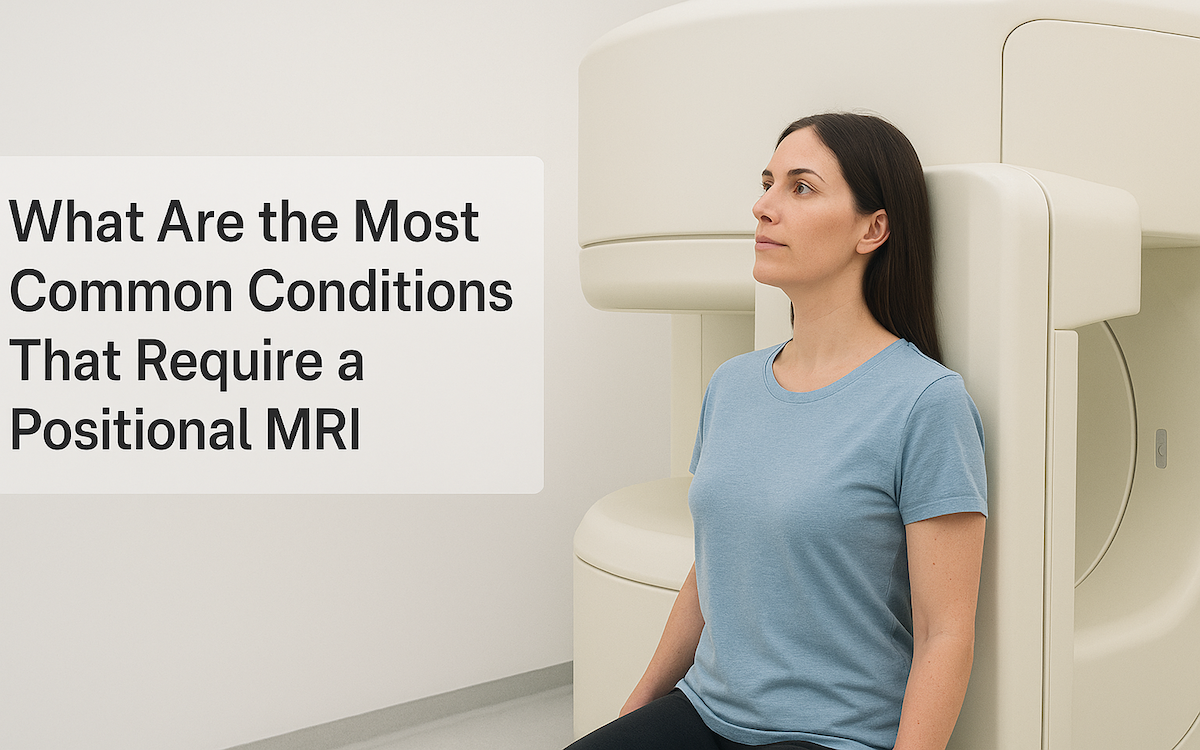


READ PATIENT TESTIMONIALS
Upright MRI of Deerfield.
Susan D.,
Highland Park, 39
I am going to tell everyone about your office! This was a great experience after I panicked in other MRI machines and had to leave. Thank you so much.

Judith B.,
Milwaukee, 61
I suffer from vertigo and other MRIs do not work. This was wonderful…absolutely NO discomfort at all. The MRI was so fast…I wanted to stay and watch the movie! Mumtaz was great. His humor really put me at ease. I’ve already recommended Upright MRI to friends.

Delores P.,
Glencoe, 55
Everything is so nice and professional with your place. I have been there a couple of times. My husband and I would not go anywhere else.

